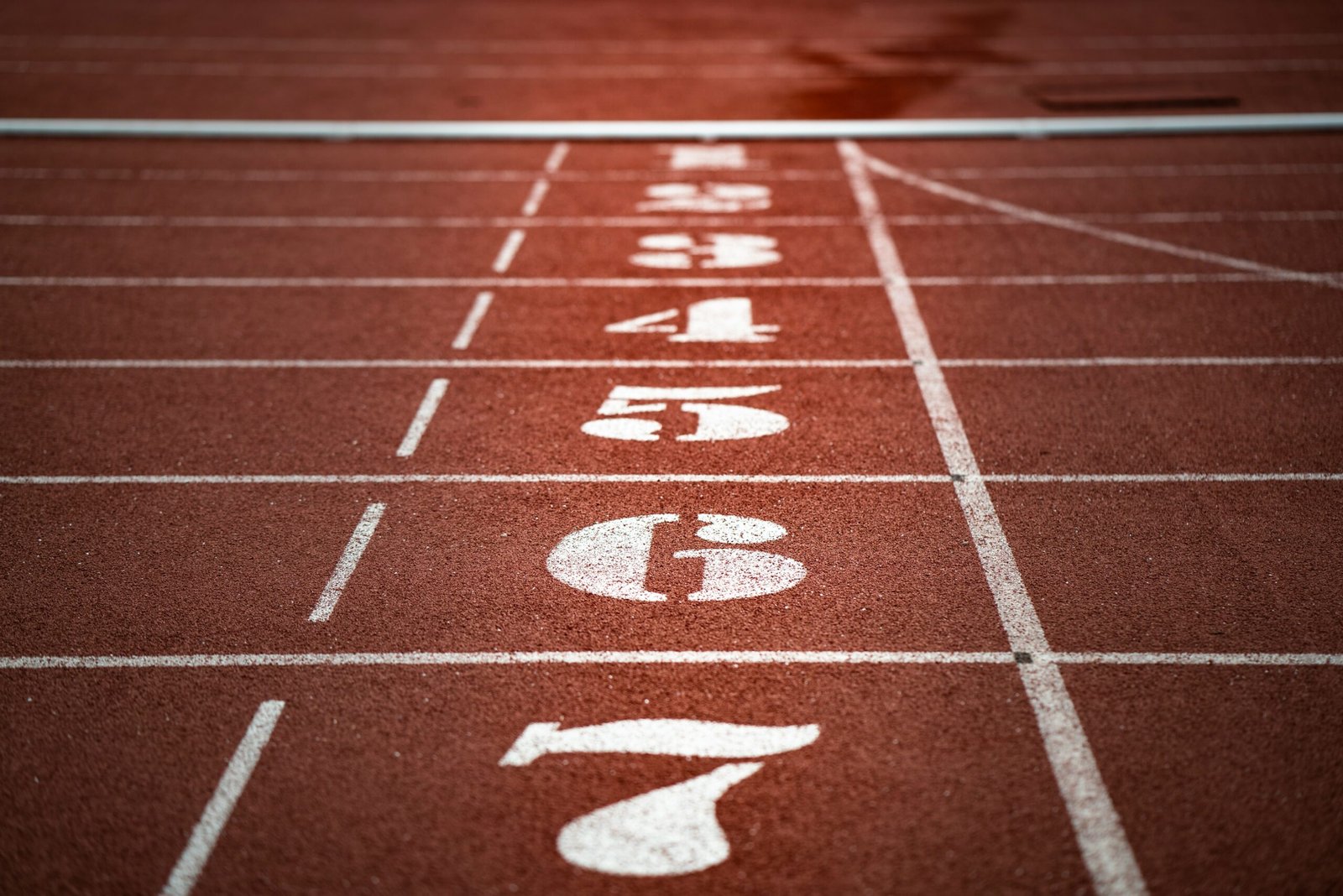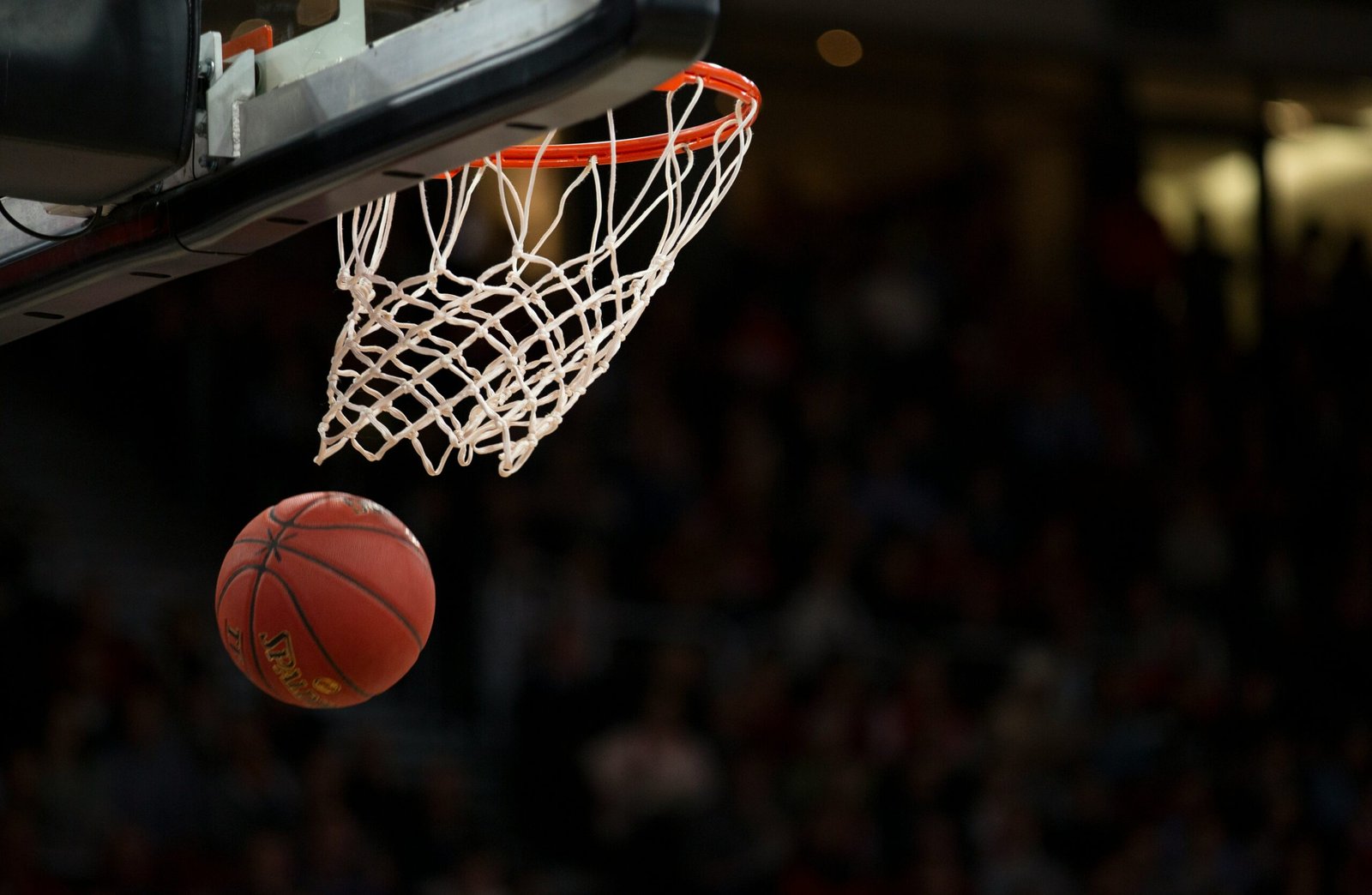
Still water kayaking, also known as flatwater kayaking, is a discipline that requires a different set of skills compared to its white water counterpart. While white water kayaking demands agility and quick thinking to navigate through turbulent rapids, still water kayaking focuses on speed, precision, and endurance. The athletes must paddle their way through a calm, serene body of water, harnessing their power to propel themselves forward with every stroke.
One of the key elements of still water kayaking is the technique used by the athletes. They must master the art of paddling efficiently, utilizing the perfect combination of strength and finesse. Each stroke must be executed with precision, maximizing the propulsion while minimizing energy expenditure. The athletes must maintain a steady rhythm, finding the balance between power and endurance to sustain their speed over long distances.
The Olympic kayaking events in still water offer a spectacle of athleticism and strategy. The athletes must not only rely on their physical abilities but also employ tactical thinking to outmaneuver their opponents. They must carefully choose their racing line, taking advantage of any currents or eddies that may give them an extra boost. The ability to read the water becomes crucial, as the athletes must anticipate any changes in the conditions and adjust their paddling accordingly.
Furthermore, the mental aspect of still water kayaking cannot be underestimated. The athletes must maintain focus and concentration throughout the race, blocking out any distractions and staying in tune with the rhythm of their strokes. They must have the mental fortitude to push through the physical exhaustion and maintain their speed until the finish line. The pressure of competing on the Olympic stage adds an additional layer of intensity, as the athletes strive to achieve their personal best and bring glory to their respective countries.
As spectators, we are treated to a thrilling display of athleticism and determination when watching the Olympic kayaking events in still water. The sight of the athletes gliding across the calm surface, their bodies in perfect harmony with their boats, is a testament to the years of training and dedication they have invested in their sport. The cheers of the crowd echo across the water as the athletes push themselves to the limit, vying for a place on the podium and etching their names in Olympic history.
The Venue
The location for the 2024 Olympic kayaking events in still water is yet to be announced, but one thing is for certain – it will be a stunning setting. Whether it’s a picturesque lake surrounded by mountains or a tranquil river winding through a vibrant city, the venue will provide a breathtaking backdrop for the competition.
The choice of still water for the kayaking events offers a different experience from the traditional white-water courses. Still water is calm and serene, allowing athletes to showcase their technical skills and finesse. It also provides a level playing field for competitors, as they won’t have to contend with unpredictable currents or rapids.
Moreover, the organizers are keen on selecting a venue that not only meets the technical requirements of the sport but also offers a memorable experience for both the athletes and the spectators. They understand the importance of creating an atmosphere that enhances the overall Olympic experience.
Imagine a glistening lake nestled amidst towering mountains, with the sun’s rays reflecting off the tranquil water. The kayakers glide through the stillness, their paddles cutting through the surface with precision and grace. The surrounding landscape adds to the spectacle, with lush greenery or vibrant cityscape providing a stunning contrast to the athletes’ focused determination.
Not only will the venue be visually captivating, but it will also be designed with the utmost consideration for the athletes’ needs. The facilities will be state-of-the-art, ensuring that the kayakers have everything they require to perform at their best. The course will be meticulously designed to challenge their skills and push them to their limits, while still maintaining the integrity of the sport.
For the spectators, the venue will offer a unique opportunity to witness the beauty of kayaking in a serene environment. They will have the chance to cheer on their favorite athletes from the shores or experience the event up close from specially designed viewing platforms. The organizers will also ensure that there are plenty of amenities and entertainment options available to make the Olympic experience unforgettable for everyone in attendance.
Overall, the selection of the still water venue for the 2024 Olympic kayaking events promises to be a remarkable choice. It will not only provide a picturesque backdrop for the competition but also offer a level playing field for the athletes and a memorable experience for the spectators. The anticipation for the announcement of the venue is high, as the world eagerly awaits to witness the magic of kayaking unfold in this breathtaking setting.
Competing in Olympic kayaking is not for the faint of heart. It requires a level of dedication and commitment that few can comprehend. Athletes spend countless hours honing their skills, pushing their bodies to the limit, and fine-tuning their technique.
Training for Olympic kayaking is a grueling process that involves a combination of on-water practice, strength and conditioning workouts, and mental preparation. Athletes must build up their endurance to be able to paddle for long distances at high speeds, while also developing the explosive power needed for quick starts and powerful strokes.
In addition to physical training, athletes must also focus on mental preparation. The pressure of competing at the Olympic level can be overwhelming, and athletes must learn to stay calm and focused under the most intense circumstances. They work with sports psychologists to develop mental strategies and techniques to help them stay in the zone and perform at their best.
As the 2024 Games approach, the excitement among the kayaking community is palpable. Athletes from all corners of the globe are preparing to showcase their skills and compete against the best of the best. The Olympic kayaking competition promises to be a thrilling display of athleticism, strategy, and determination.
The Events
The Olympic kayaking events in still water will consist of both sprint and slalom races, ensuring a diverse and exciting competition. Sprint races are all about speed, with athletes paddling at full throttle to cross the finish line first. Slalom races, on the other hand, require athletes to navigate a series of gates while maneuvering through the water with finesse.
In the sprint events, athletes will compete in different distances, ranging from 200 meters to 1,000 meters. These races are fast-paced and exhilarating, with competitors pushing themselves to the limit in a battle for the top spot on the podium.
The slalom events will test athletes’ technical skills and agility. They will have to navigate their kayaks through a series of gates, which are suspended above the water. The gates are color-coded, indicating whether athletes must pass through them upstream or downstream. This requires precise maneuvering and quick thinking, as athletes must make split-second decisions to maintain their speed and accuracy.
One of the key aspects of slalom racing is the ability to read the water and anticipate its movements. Athletes must have a deep understanding of how the water flows and reacts to their actions. They need to be able to read the subtlest of currents and make adjustments to their paddling technique accordingly. This skill is crucial in successfully navigating the gates, as even the slightest miscalculation can result in a missed gate or a time penalty.
Another important factor in slalom racing is the physical and mental endurance required. The races are not only physically demanding but also mentally challenging. Athletes need to maintain a high level of focus and concentration throughout the race, as any lapse in concentration can lead to costly mistakes. They must also possess the strength and stamina to paddle through the challenging course, which often includes rapids, eddies, and other obstacles.
Furthermore, the slalom races require athletes to possess excellent technical skills. They must be able to execute precise paddle strokes, lean their bodies in the right direction, and maintain balance and stability in their kayaks. These technical skills are honed through years of training and practice, as athletes strive for perfection in their technique.
Overall, the combination of speed, technicality, and strategy makes both the sprint and slalom events in Olympic kayaking a thrilling spectacle to watch. Athletes showcase their physical prowess, mental fortitude, and technical mastery as they compete for gold, pushing the boundaries of what is possible in the sport.
The Preparation
Preparing for the Olympic kayaking events in still water requires years of dedication and hard work. Athletes must undergo rigorous training regimens, both on and off the water, to build their strength, endurance, and technique.
Training sessions will include long hours on the water, honing their paddling technique and building their stamina. Athletes will also incorporate strength and conditioning exercises into their routines, focusing on core stability, upper body strength, and cardiovascular fitness.
In addition to physical training, athletes will work closely with coaches and sports psychologists to develop mental resilience and strategic thinking. They will analyze video footage of their performances, identify areas for improvement, and fine-tune their race strategies.
Moreover, nutrition plays a crucial role in an athlete’s preparation for the Olympic kayaking events. They will work with nutritionists to create personalized meal plans that provide the necessary fuel for their intense training sessions. These meal plans will be tailored to their specific dietary needs, taking into account their energy expenditure, muscle recovery, and overall health.
Furthermore, athletes will also focus on injury prevention and recovery. They will work with physiotherapists and sports medicine professionals to ensure their bodies are in optimal condition. This may involve regular massages, stretching exercises, and other treatments to prevent muscle imbalances, reduce the risk of injuries, and promote faster recovery.
Another important aspect of preparation is the selection and maintenance of equipment. Athletes will carefully choose their kayaks, paddles, and other gear based on their preferences and the specific requirements of their events. They will regularly inspect and maintain their equipment to ensure it is in top condition, making any necessary repairs or replacements.
Lastly, athletes will compete in various national and international kayaking competitions to gain experience, assess their performance against top competitors, and fine-tune their skills. These competitions will serve as valuable opportunities to test their strategies, build confidence, and make any necessary adjustments before the Olympic Games.
The legacy of the Olympic kayaking events in still water goes beyond the immediate impact on the sport itself. While the exposure and excitement generated by the Games will undoubtedly inspire a new generation of kayakers, the lasting legacy extends to the host city and the wider community.
The repurposing of the kayaking venue after the competition is a key aspect of this legacy. Rather than being left unused or abandoned, the venue can be transformed into a recreational facility that can be enjoyed by the local community for years to come. This not only provides a tangible reminder of the Olympic spirit but also serves as a way to promote the sport within the area.
The legacy of the Games also extends to the broader community. The Olympic kayaking events will bring together people from different backgrounds and cultures, fostering a sense of unity and camaraderie. This can have a positive impact on social cohesion and cultural understanding, as individuals come together to celebrate and support the athletes.
Furthermore, the legacy of the Olympic kayaking events can also have economic benefits for the host city. The influx of visitors and spectators during the Games can boost tourism and stimulate the local economy. Hotels, restaurants, and other businesses can benefit from the increased demand, creating job opportunities and generating revenue.
The legacy of the Olympic kayaking events in still water is not just about the immediate impact on the sport. It is about inspiring future generations, repurposing the venue for recreational use, fostering unity and cultural understanding, and stimulating the local economy. By leaving a lasting legacy, the Olympic kayaking events will continue to have a positive impact long after the Games are over.




